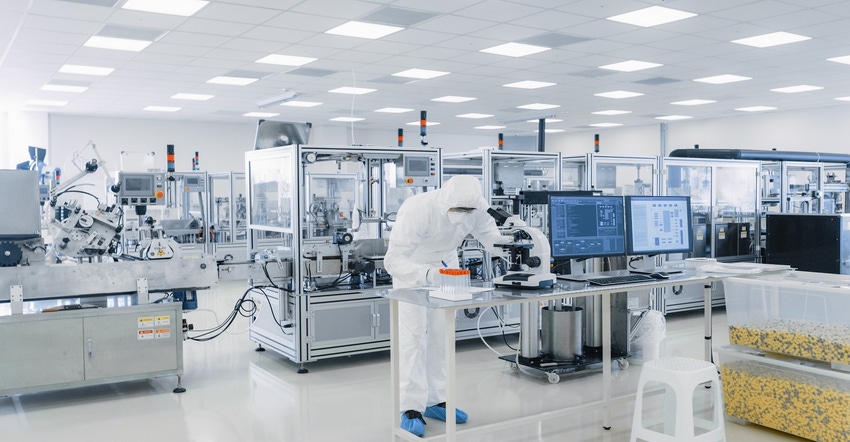3D printing technology has grown sufficiently to become a substantial method for product production.
April 10, 2023

Whether it’s for spare parts, aerospace vehicle production, or mass customization, 3D printing is a manufacturing choice that reached maturity. While the technology can’t match high-volume, low-mix manufacturing, it is becoming a go-to choice for customized or low-weight, high-strength parts.
In recent years, 3D printing has become a legitimate option in manufacturing Is it taking a seat alongside machining, casting, and assembly? While 3DP is touted for its ability to create custom products, is the technology ready for prime-time mass production? This webinar looks at the state of additive manufacturing as a production method.
On April 20 at 2 pm Eastern, Design News will present a free webinar on the topic, Does 3D Printing Bolster Manufacturing? The program will feature a panel of leaders in the 3D printing industry, including Michael Currie, chief product officer at Nexa3D; Marty McGough, COO at 3DEO; Preston Souza, additive manufacturing product manager at igus; and Robin Stamp, director of solutions engineering at Velo3D.
3DP Moves Strongly into Production
Not that many years ago, 3D printing was a technology mostly used for prototyping. Changes in machines, methods, and materials have improved 3D-printed objects, creating products that can match traditional manufacturing methods. “The latest technology in 3DP machines and the materials available certainly makes it a viable solution for manufacturing. Part size and quantity are becoming less of an issue and pricing and speed of delivery makes it impossible to compete with in many situations,” Preston Souza, additive manufacturing product manager at igus, told Design News. “With production options like 3D printed tooling systems for injection molding or highly wear-resistant SLS materials, machined parts like gears can be replaced in many areas.”
3DP offers advantages that are simply not available with traditional manufacturing. One is the ability to print assemblies that combine multiple parts into one unit. Another is the ability to add complexity to the part without adding cost. “3DP is usually based on part volume. One of the biggest advantages is that you are not typically paying for part complexity. This is the exact opposite of traditional production methods like machining where complex geometries can easily add cost and lead time,” said Souza. “Additive manufacturing also accelerates the design process and frees up time for engineers. Multiple iterations of a product can quickly be printed and reviewed trimming the downtime and helping to streamline validation.”
3DP Has Become a Must-Consider Production Method
Souza noted that 3D printing should be considered in any product development process. There are too many advantages for the process to be ignored. “Almost every product development process can make use of some form of additive manufacturing,” said Souza. “If you are not exploring 3DP either for in-house production or making use of an online print service you are certainly missing out on ways to expedite the design phase, reduce initial investment costs and avoid traditional delays in manufacturing.”
Part of the reason 3D printing has advanced as a method for manufacturing is the development of new materials. Specialty materials offer advantages that can’t be matched by traditional production methods. “Advanced printing materials create an opportunity to find production-level use cases for additive manufacturing,” said Souza. “Aside from standard printing materials with a good balance of mechanical properties, the emergence of specialty materials for high wear-resistance, FDA, chemical resistance, high temperature, and even ESD means more 3DP can be implemented more often. The capability of these high-performance materials means their usage extends far beyond prototyping.”
About the Author(s)
You May Also Like





